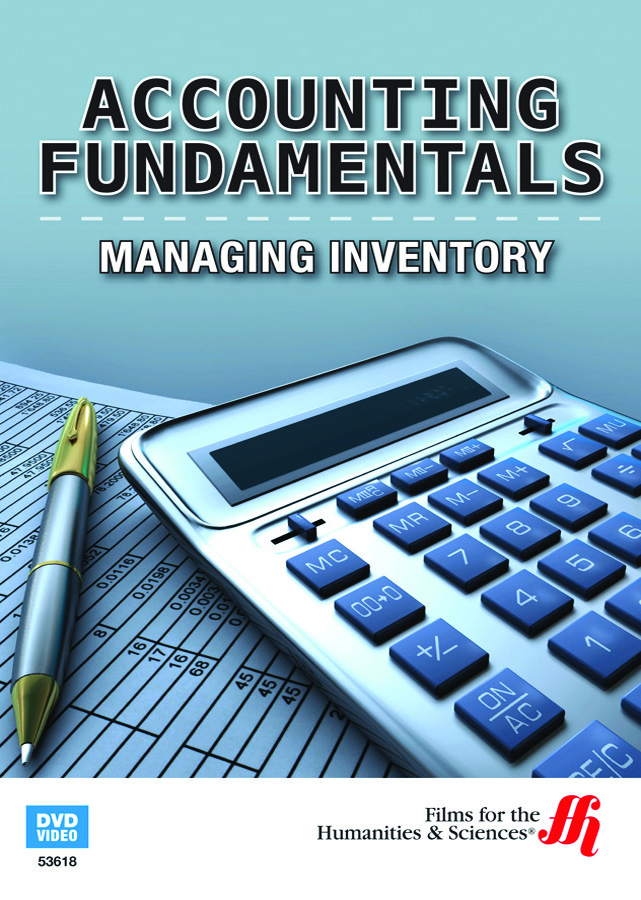Managing Inventory: Accounting Fundamentals (Enhanced DVD)
Product Description:
Inventory is an asset that can be included as a company produces, sells, or replenishes its stock. In Managing Inventory: Accounting Fundamentals (2014), viewers learn the principles of inventory accounting standards. Inventory Accounting Standards (IAS) established by the IFRS and IASB provide rules to accounting for valuation of inventory cost according to time of use.
Examples of IAS are seen in the first-in, first-out (FIFO) and weighted average cost (AVCO) methods. Rules to FIFO and AVCO standards are useful for manufacturing production inventory stock costing may lose value prior to scheduled production. IAS permits reversal of inventory reporting in audit to account for that difference.
Where FIFO is reliant upon stock point-of-sale to point-of-production, AVCO is computed on mean cost figure (i.e. value) for the cycle. Hence, inventory accountants suggest that AVCO inventory measures assume value of items bought according to an average cost for those items. FIFO assumes that profit relies on first stock purchased is the first sold. Taxation rules to FIFO accounting balance assets in inventory to assets most recently purchased or produced. Advantages to inventory accounting measures:
- Assumes goods are issued in order of receipt
- Easy calculation
- Stock valuation at actual cost
- Closing stock valuation is nearest to the most recent costs
- One of two methods for IAS 2, Inventories
- Acceptable for tax reporting
While the costs at which goods are issued are not always at market price forcing adjustment of the ledger to reflect non-representative prices, disadvantages are minimal with exception of line-item narratives. Part of the Accounting Fundamentals series, the film covers inventory assessment, costing methods, and adjustments and Estimates.
Managing Inventory: Accounting Fundamentals
- DVD
- ISBN 978-0-81608-978-9
- Run Time (30 Minutes)
- Copyright 2014
- Closed Captioned (CC)


















